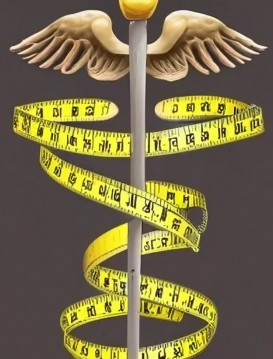In the decades approaching the twenty-first century, “clinimetrics” was a way to describe a methodological approach to measuring patients that, while employing many of the same concepts and tools used in psychometrics, thought about them differently. Certain basic tenets of measurement, such as striving for generality (invariance), unidimensionality, interval scale, even “accuracy” (in the traditional conception of the term) were deprioritized in this paradigm, while other concerns such as patient-specificity, responsiveness, and fitness-for-purpose were amplified. From a clinimetric point of view, measuring procedures that are not entirely replicable or are highly individual to a particular patient are not rejected outright, and may not only be appropriate but essential to tracking that patient’s progress. At the turn of the twenty-first century, the term “clinimetrics” was still used by some to serve in boundary-work, in an effort to emancipate clinical researchers from the strictures of psychometric modelling. While the term has faded, the proliferation of clinical measures has only grown.
This project investigates the emergence of idiographic (individualized) indexes as a crucial case for understanding clinimetric practices of validation, that is, the epistemic strategies for designing and improving patient-centric measures over time. Idiographic indexes, such as the Patient Generated Index (PGI) and the Schedule for Evaluation of Individualized Quality of Life (SEIQoL), are prime exemplars of the clinimetric paradigm. These indexes are collaboratively constructed between patient and practitioner, tailored to each patient’s goals for their care by weighting items according to their personal values and priorities. While the ethical dimension of these instruments is lauded, the epistemic status of patient reported outcome measures in general, let alone individualized instruments, has come under question within the quality of life measurement community. Future guidance for these measures requires a better understanding of their historical development and their place within the twentieth century debate on whether clinical measurement has a distinct methodology from that of measures with psychological and sociological research applications.

